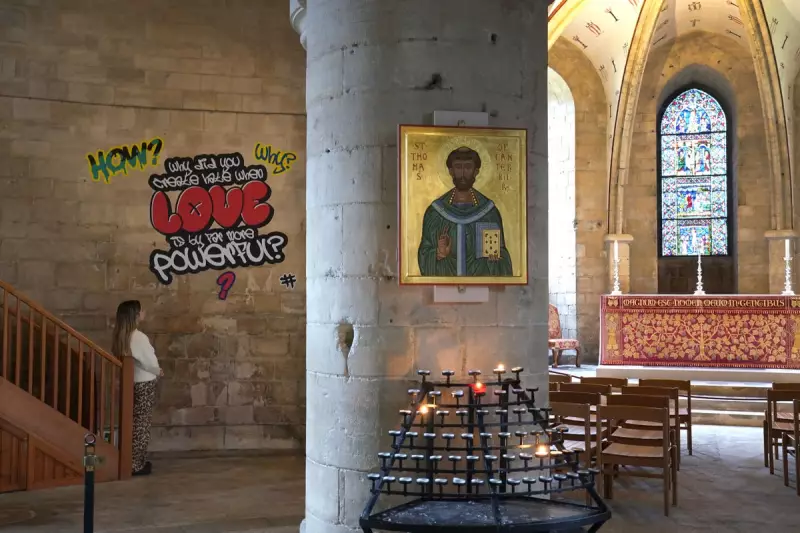
In a shocking act of vandalism that has left heritage experts dismayed, Canterbury Cathedral's ancient stone walls have been defaced with political graffiti targeting two of the world's most prominent figures. The UNESCO World Heritage Site, which dates back to 597 AD, was found with spray-painted messages aimed at tech billionaire Elon Musk and US Senator JD Vance.
Sacred Space Violated
The incident, which occurred at one of Britain's most important Christian sites, has raised serious questions about security at the historic landmark. Conservation teams are now assessing the damage to the cathedral's medieval stonework, with experts concerned about potential long-term effects from the spray paint on the porous ancient surfaces.
Police Investigation Underway
Kent Police have confirmed they are treating the incident as criminal damage and have launched a full investigation. A spokesperson stated: "We were called to a report of criminal damage at a property in the Precincts of Canterbury Cathedral. Enquiries to establish the circumstances and identify those responsible are ongoing."
Cathedral Officials Respond
While cathedral authorities have acknowledged the incident, they have declined to comment on the specific nature of the graffiti or the political messages contained within it. The cathedral, which welcomes over one million visitors annually, maintains extensive security measures, making this breach particularly concerning for heritage protection advocates.
Historical Significance at Risk
Canterbury Cathedral stands as one of England's oldest and most famous Christian structures, serving as the seat of the Archbishop of Canterbury and playing a central role in English history since the martyrdom of Thomas Becket in 1170. This act of vandalism represents not just property damage but an assault on nearly 1,500 years of continuous Christian worship and British cultural heritage.
Growing Concern for Heritage Sites
This incident follows worrying trends of political activism targeting cultural landmarks across the UK. Heritage organisations are increasingly calling for enhanced protection measures for the nation's most vulnerable historical sites, balancing public access with necessary security protocols.





